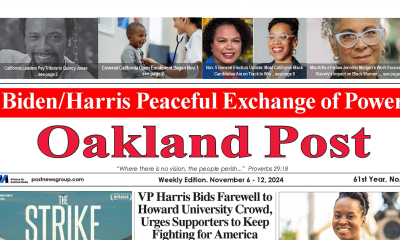Bay Area
No Cuts to Policing Made: Oakland Police Budget Is Increasing by $38.5 Million or 6%, Say Councilmembers
Councilmembers Send Letter to Mayor and Police Chief Urging Correction of Inaccurate, Fear-Inciting Rhetoric
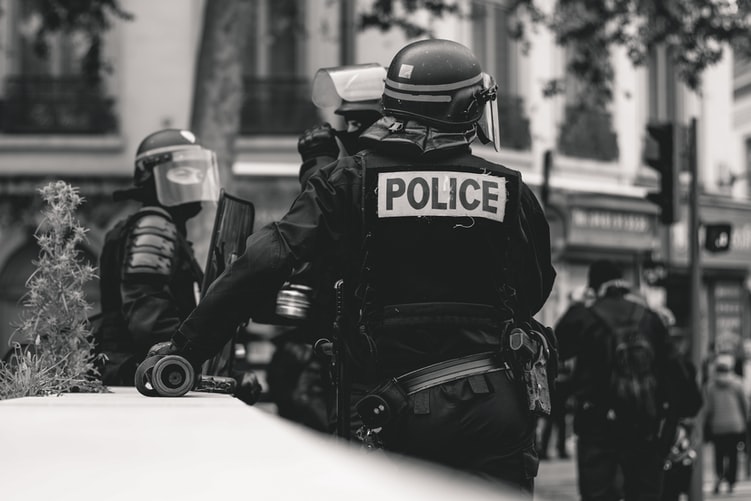
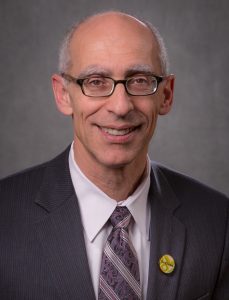
Dan Kalb
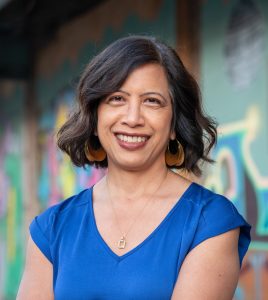
Nikki Fortunato Bas
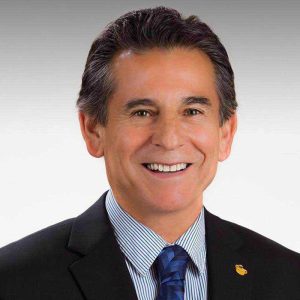
Noel Gallo

Carroll Fife
Oakland Council President Nikki Fortunato Bas and her budget team of Councilmembers Carroll Fife, Dan Kalb, and Noel Gallo sent a joint letter to Mayor Libby Schaaf, Administrator Ed Reiskin and Police Chief LeRonne Armstrong on July 1 expressing serious concerns that the administration and police department have been sharing inaccurate and misleading information regarding police funding in the Fiscal Year 2021-23 budget, passed on Thursday, June 24.
The City’s 2019-21 budget allocated $635,278,301 million for police spending; this total accounts for midcycle budget amendments made in 2020-21, whereas prior released numbers did not reflect these amendments. Oakland’s new 2021-23 budget allocates $673,819,639 million for police spending, a $38,541,338 million (+6%) increase from the last budget cycle in the City’s General Purpose Fund.
“I am disappointed by our mayor and police Chief characterizing Oakland’s new budget to the media and general public as having ‘defunded’ or ‘decimated’ the police budget, when in fact total resources allocated for policing have increased by 6% or $38.5 million in this budget, compared to our last two-year budget,” said Council President Bas.
“Since 2012, OPD’s budget has increased by more than $100 million,” she said. “As leaders of our city, we must not use exaggerated, inaccurate information. It prevents us from coming together to focus on strengthening our public safety system’s ability to address violent and serious crime, while transitioning to build effective alternatives for non-violent, low-level 911 calls for service.”
Said Councilmember Gallo, “We did not defund the police. It was about reform and clearly defining our priorities and services to better serve Oakland. Public safety begins at home and in the neighborhood. We need to create jobs, open our parks and libraries, and support our schools.”
Mayor Schaaf’s proposed 2021-23 budget would have increased police spending to $692,584,997 million. Council President Bas’ budget increased police spending but redirected $18,765,358 million of Schaaf’s proposed increase towards tripling the Department of Violence Prevention’s budget and expanding MACRO, Oakland’s civilian crisis response program in the Fire Department.
The Police Department’s projected staffing levels in the first year are the same in both Mayor Schaaf’s proposal and the budget passed by the Council, which will serve as a transitional year to divert non-criminal, non-violent 911 calls to alternative responses in the Fire and Transportation Departments.
The goal of the council members has been to define violence interruption and fund plans to expand violence prevention in 2021-23.
On June 29, Bas convened a public panel on the Department of Violence Prevention’s plans to expand violence prevention efforts in Oakland using its significantly increased budget with Guillermo Cespedes, Oakland’s Chief of Violence Prevention, as well as life coaches and violence interrupters leading frontline organizations addressing gun / gang / group violence, gender-based violence, human trafficking, and trauma in Oakland.
During the discussion, Chief Cespedes explained that San Francisco’s 2020 homicide rate was 5 homicides per 100,000 residents, with 32 violence interrupters; Los Angeles’ rate hovers around 10 homicides per 100,000 residents, with 132 violence interrupters.
By contrast, Oakland is severely understaffed: our homicide rate was 24 homicides per 100,000 residents, with only 10 violence interrupters.
Read the open letter to Mayor Schaaf and Police Chief Armstrong at https://drive.google.com/file/d/17R5uY1DQfUXKLw2N_9RnRwvDOPv03uew/view
Activism
An Inside Look into How San Francisco Analyzes Homeless Encampments
Dozens of unhoused people are camped at Sixth and Jesse streets in San Francisco’s South of Market neighborhood. Tents made of tarps and blankets, piles of debris, and people lounging alongside the allies and walls of businesses are seen from all angles. These are some of the city’s hotspots. City crews have cleared encampments there over 30 times in the past year, but unhoused people always return.

By Magaly Muñoz
Dozens of unhoused people are camped at Sixth and Jesse streets in San Francisco’s South of Market neighborhood. Tents made of tarps and blankets, piles of debris, and people lounging alongside the allies and walls of businesses are seen from all angles.
These are some of the city’s hotspots. City crews have cleared encampments there over 30 times in the past year, but unhoused people always return.
But it’s normal to have tents set up again within less than 24 hours after an encampment sweep, David Nakanishi, Healthy Streets Operation Center Manager at the Department of Emergency Management, says. Sometimes there’s less people than before but often there is also no change.
“Most of the people that were in the encampments that want to go inside, we’ve gotten the majority of those [into shelter],” Nakanishi says. “Many of the people we encounter now, are those who have various reasons to not accept shelter, and some are already in shelter/housing”.
Since the ruling of Grants Pass by the US Supreme Court earlier this summer, which allows cities the authority to ban people from camping or sleeping on the streets, San Francisco has been at the head of the conversation to crack down on encampments.
Where neighboring cities in the Bay Area are clearing encampments a few days a week, San Francisco is sweeping 10 times a week, two per weekday.

David Nakanishi, Healthy Streets Operation Center Manager at the San Francisco Department of Emergency Management, makes a 311 report on an encampment in the Mission District. These reports allow smaller city teams to tackle individual spots where unhoused people frequent. Photo by Magaly Muñoz.
Considering the controversy that plagues the city around its harsh policies, the Post decided to tag along on a ride with Nakanishi to show us how he decides what encampments make it on the city’s sweep list.
Nakanishi, having over 20 years of experience in homelessness management, drives around the busiest parts of the city almost daily. He’s tasked with arranging a weekly sweeping operation schedule for city teams to engage with unhoused folks to help get them off the streets.
So what exactly is he looking out for when deciding what encampments get swept?
It depends, he says.
Locations like schools, recreational centers, senior centers, or businesses are places he tends to want to address quickly, especially schools. These are the places where the complaints are highest and access to facilities is important for residents.
He says he also takes into account 311 calls and reports made to him by city staff. On the date of publication, over 100 calls and reports were made about encampments around the city, according to San Francisco data.

Makeshift structures built from plywood and tarps are starting to pop up more throughout the city. Certain areas under freeways are not under direct authority from San Francisco, making it harder to sweep these encampments. Photo by Magaly Muñoz.
Nakanishi made a few 311 reports himself on the ride along, pulling over to take photos and describe the encampments into his 311 app. He says it helps him remember where to possibly sweep next or allows smaller teams in the city to engage quicker with individuals on the streets.
Nakanishi also looks at the state of the encampments. Are there a lot of bulky items, such as furniture, or makeshift structures built out of tarps and plywood, blocking areas of traffic? Is trash beginning to pile up and spill into the streets or sidewalks? Sites that meet this criteria tend to be contenders for encampment sweeps, Nakanishi says.
Street by street, he points out individuals he’s interacted with, describing their conditions, habits, and reasons for denying assistance from the city.
One man on 2nd St and Mission, who rolls around a blue recycling bin and often yells at passing pedestrians, has refused shelter several times, Nakanishi says.
People deny shelter for all kinds of reasons, he says. There’s too many rules to follow, people feel unsafe in congregate or shared shelters, or their behavioral and mental health problems make it hard to get them into proper services.

Inside a tent left by an unhoused man on Stevenson and 14th Street in San Francisco. The area smelled of human waste and leftover alcohol. Photo by Magaly Muñoz.
Nakanishi references another man on South Van Ness under the freeway, who city outreach have attempted to get into shelter, but his screaming outbursts make it difficult to place him without disturbing other people in the same space. Nakanishi says it might be an issue of the man needing resources like medication to alleviate his distress that causes the screaming, but the city behavioral team is in the process of outreaching him to figure that out.
In October, city outreach teams engaged with 495 unhoused people. 377 of those engaged refused shelter and only 118 accepted placements, according to city data. That number of monthly referrals is consistent throughout the entirety of 2024 so far.
Nakanishi has long advocated for the well-being of unhoused people, he explains. In 2004, he was working with the Department of Public Health and told then-Mayor Gavin Newsom that there needed to be more housing for families. Nakinishi was told it was easier to deal with individuals first and the city “will get there eventually.” 20 years later, family housing is still not as extensive as it could be, and the waiting list to get placements for families is a mile long with over 500 names.
In 2020, he was a Senior Behavioral Health Clinician at a hotel in the city during the pandemic. He says in 2021 he collaborated with DPH to provide vaccines to those staying in the makeshift hotel shelters once those became available.

Nakanishi strips apart a solo tent on Stevenson and 14th Street in San Francisco. He discards items, like tarps and cardboard, so that people cannot reuse them to make another sleeping structure. Photo by Magaly Muñoz.
Despite the constant media attention that city outreach is inhumanely treating homeless people, so much so that it has led to lawsuits against San Francisco from advocates, Nakanishi says not a lot of people are seeing the true conditions of some encampments.
He describes soiled clothing and tents, drenched in urine, and oftentimes rodents or bug infestations in places where people are sleeping. He’s asked homeless advocates- often those who are the most critical about the city’s work- who have shown up to observe the sweeps if those are conditions the city should allow people to be subjected to, but not many have answers for him, Nakanishi says.
The city’s “bag and tag” policy allows city workers to throw away items that are “soiled by infectious materials” such as bodily fluids and waste.
Sweep operations are conducted at 8am and 1pm Monday through Friday. People at the encampments are given 72 hour notice to vacate, but some don’t leave the area until the day of the sweep.
City outreach workers come out the day before and day of to offer resources and shelter to those interested. The Department of Public Works discards any trash that is left over from the sweep and washes down the area.
Nakanishi told the Post that the only time the city takes tents or personal possessions from residents is when folks become physically violent towards workers and police take the items as evidence. Other items taken are bagged and tagged in accordance with city policy.
Stories from local newspapers such as the San Francisco Standard and the Chronicle show instances of SFPD handcuffing residents while their items are thrown in the trash or disposing of personal possessions without reason.
Advocates have long been pushing for a more competent and compassionate process if the city is going to choose to continue sweeping unhouse people.
No matter the lawsuits and constant criticisms from allies, the encampment sweeps are not slowing down, even with the cold weather quickly approaching the coastal city.
Nakanishi says there aren’t a lot of large encampments left in San Francisco so now they do runs of streets in order to stretch out the sweeps as much as possible.
It’s calculated strategies and years of first hand knowledge that make this job work, “It takes dedication to the work, caring for the people and the community, and persistence, patience and sometimes good luck to make the positive changes for the people on the street,” Nakanishi says.
Activism
Oakland Post: Week of November 13 – 19, 2024
The printed Weekly Edition of the Oakland Post: Week of November 13 – 19, 2024

To enlarge your view of this issue, use the slider, magnifying glass icon or full page icon in the lower right corner of the browser window. ![]()
Activism
LIVE! — TOWN HALL ON RACISM AND ITS IMPACT — THURS. 11.14.24 5PM PST
Join us for a LIVE Virtual Town Hall on the Impact of Racism hosted by Post News Group Journalist Carla Thomas and featuring Oakland, CA NAACP President Cynthia Adams & other Special Guests.
Thursday, November 14, 2024, 5 p.m. – 6:30 p.m. PST
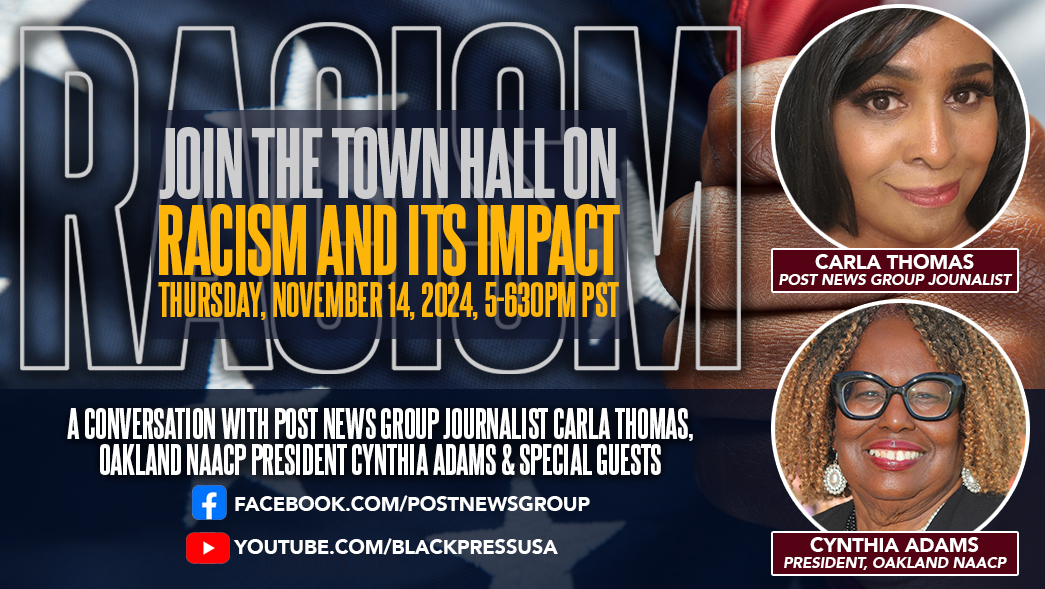
Join us for a LIVE Virtual Town Hall on the Impact of Racism hosted by Post News Group Journalist Carla Thomas and featuring Oakland, CA NAACP President Cynthia Adams & other Special Guests.
Thursday, November 14, 2024
5 p.m. – 6:30 p.m. PST
Discussion Topics:
• Since the pandemic, what battles have the NAACP fought nationally, and how have they impacted us locally?
• What trends are you seeing concerning Racism? Is it more covert or overt?
• What are the top 5 issues resulting from racism in our communities?
• How do racial and other types of discrimination impact local communities?
• What are the most effective ways our community can combat racism and hate?
Your questions and comments will be shared LIVE with the moderators and viewers during the broadcast.
STREAMED LIVE!
FACEBOOK: facebook.com/PostNewsGroup
YOUTUBE: youtube.com/blackpressusatv
X: twitter.com/blackpressusa
-

 Alameda County3 weeks ago
Alameda County3 weeks agoAlameda County District Attorney Pamela Price Announces $7.5 Million Settlement Agreement with Walmart
-

 Activism3 weeks ago
Activism3 weeks ago‘Jim Crow Was and Remains Real in Alameda County (and) It Is What We Are Challenging and Trying to Fix Every Day,’ Says D.A. Pamela Price
-

 Bay Area3 weeks ago
Bay Area3 weeks agoIn the City Attorney Race, Ryan Richardson Is Better for Oakland
-

 Activism3 weeks ago
Activism3 weeks agoOakland Post: Week of October 30 – November 5, 2024
-

 Alameda County2 weeks ago
Alameda County2 weeks agoD.A. Price Charges Coliseum Flea Market Vendors in Organized Retail Theft Case
-

 Activism3 weeks ago
Activism3 weeks ago‘Criminal Justice Reform Is the Signature Civil Rights Issue of Our Time,’ says D.A. Pamela Price
-

 Activism3 weeks ago
Activism3 weeks ago“Two things can be true at once.” An Afro-Latina Voter Weighs in on Identity and Politics
-

 Arts and Culture3 weeks ago
Arts and Culture3 weeks agoMacArthur Fellow Jericho Brown’s Poetry Reflects Contemporary Culture and Identity







